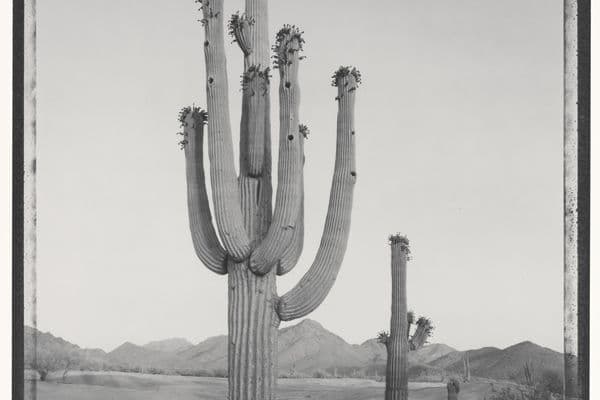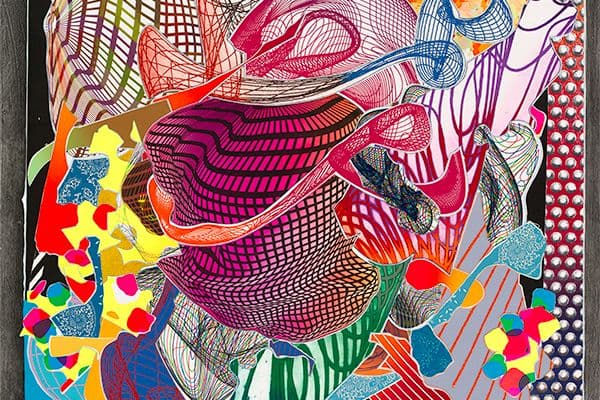Treescape
12 Apr 2008 – 30 Aug 2008
About
This exhibition was designed especially for children 3–8 years old in conjunction with Turner to Monet: the triumph of landscape.
Discover art works which are made from trees, are about trees or even things that live in trees. Treescape’s aim is to stimulate an appreciation of trees as a subject for interesting and exciting artworks.
See paintings, photographs, drawings, prints, sculpture, installations, furniture and more.
Themes and Works
Trees are a strong element of our visual and tangible environment, making the tree a natural subject for artists to explore.
In the late nineteenth and early twentieth centuries, Pictorialist photographers such as John Kauffmann (1864–1942) were influenced by the soft blurring effect of etching, creating atmospheric images of trees; whereas, decades later, American photographer Ansel Adams (1902–1984) explored the clarity and precision of close-focus photography. Helen Ogilvie (1902–1993) used relief printing to produce dramatic, stylised and intricate tree images, and Laurel Nannup has attached brightly coloured lolly papers to her print The lollie tree 2001.
Sally Smart’s Family tree house (shadows and symptoms) 1999–2002, made from hundreds of pieces of black felt pinned to the wall, is a life-size silhouette of a tree filled with objects, people and fantastic creatures. Dominating a wall in the exhibition, this amazing work combines the idea of animal and human habitats with a spiritual and magical quality.
Animals and birds that live in trees also feature in this exhibition. Ceramic koalas and birds, and bark paintings of possums and flying foxes are just some of the artworks that will excite children when they visit this intimate space. There is even a John Olsen print of a green tree frog.
Many artists and craftspeople make intriguing objects from wood. In this exhibition, pieces of furniture have been selected for their idiosyncratic approach to carpentry. A table with three animal legs, a chair made from twigs, and another made from recycled timber and animal fur can be seen near showcases full of smaller objects, including a wooden snail broach and bracelets made from paper.
For many cultures the tree has spiritual significance, forming a metaphorical connection between the prosaic and the ethereal, the secular world and the heavenly world. Southeast Asian textiles often present images of spiritual trees in stylised form and give the textile the power to protect the wearer or observer during ceremonial activities. By incorporating these symbolic works, children are introduced to another function for art, where the object’s spiritual and religious significance is as important as it’s aesthetic appearance.
Jenny Manning
Manager of Education










